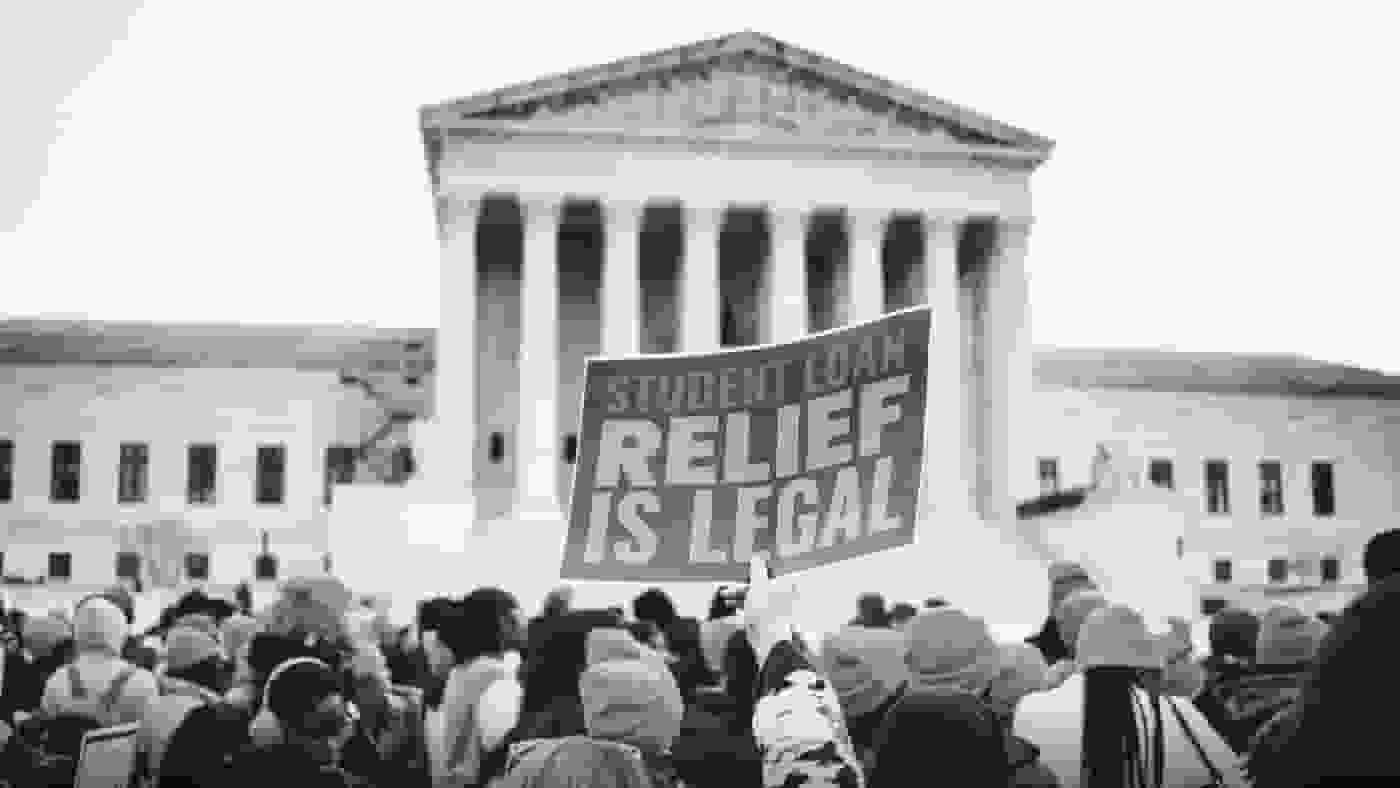President Biden’s administration has proposed another option to assist student loan holders, the Saving on a Valuable Education (SAVE) initiative, in the midst of his continuous campaign to achieve student loan forgiveness. SAVE, as a new repayment plan, may allow borrowers to dramatically reduce their monthly student loan payments, occasionally to zero.

SAVE is an income-driven repayment plan, which means that borrowers’ monthly payments are decided by how much they earn rather than how much student loan debt they owe. (Photo: Inside Higher Ed)
Borrowers’ monthly payments are by how much they earn
While SAVE will not be fully implemented until next year, the beta application period has begun. Here’s what you should know, according to The Week.
SAVE is an income-driven repayment plan, which means that borrowers’ monthly payments are decided by how much they earn rather than how much student loan debt they owe. According to CBS News, there is also a “forgiveness component” to income-driven repayment programs, so after a set number of payments, a borrower’s remaining balance is “wiped away.”
SAVE is meant to replace the current Revised Pay As You Earn (REPAYE) programme, but it would reduce payments even more. According to CNBC, borrowers will eventually be expected to pay only 5% of their discretionary income toward their undergraduate student debt under the SAVE plan, rather than 10% under the previous Revised Pay As You Earn Repayment, or REPAYE, plan. Furthermore, if you earn $32,800 or less per year (about $15 per hour), your monthly payment will be $0, according to the U.S. Education Department.
READ ALSO: Biden Proposes New Student Loan Plan – Here’s What You Should Know!
Your SAVE payments are decided by your discretionary income
Another advantage of SAVE is that borrowers’ loan balances will not grow owing to unpaid interest if they make their entire monthly loan payment. CBS News provides an illustration of why this could be so beneficial in the long run: If a borrower makes a $30 payment and $50 in interest builds each month, the remaining $20 would not be charged.
According to CBS News, your SAVE payments are decided by your discretionary income as well as your family size, with lower-income households with more family members paying the least. According to the Department of Education, someone earning $60,000 per year with a two-person household would pay $130 per month, while someone earning $50,000 with a two-person family would pay $47 per month.
In an artcile from The Week, those earning less than $15 per hour (approximately $32,800) will not be required to pay anything each month. If you earn more than that, you will save at least $1,000 per year compared to other IDR programs, according to the Department of Education.
READ ALSO: Biden’s New Student Loan Plan: Saving On A Valuable Education (SAVE)




![Tyson Foods Plant [Photo: Food Manufacturing]](https://southarkansassun.com/wp-content/uploads/2023/08/iStock_1185520857__1_.5e441daa51cca-600x337.jpg)







![Silverado Senior Living Management Inc. [Photo: Los Angeles Times]](https://southarkansassun.com/wp-content/uploads/2023/10/download-6-4-600x337.jpg)

![China's Wuhan Institute of Virology [Photo: Nature]](https://southarkansassun.com/wp-content/uploads/2023/09/d41586-021-01529-3_19239608-600x337.jpg)
















